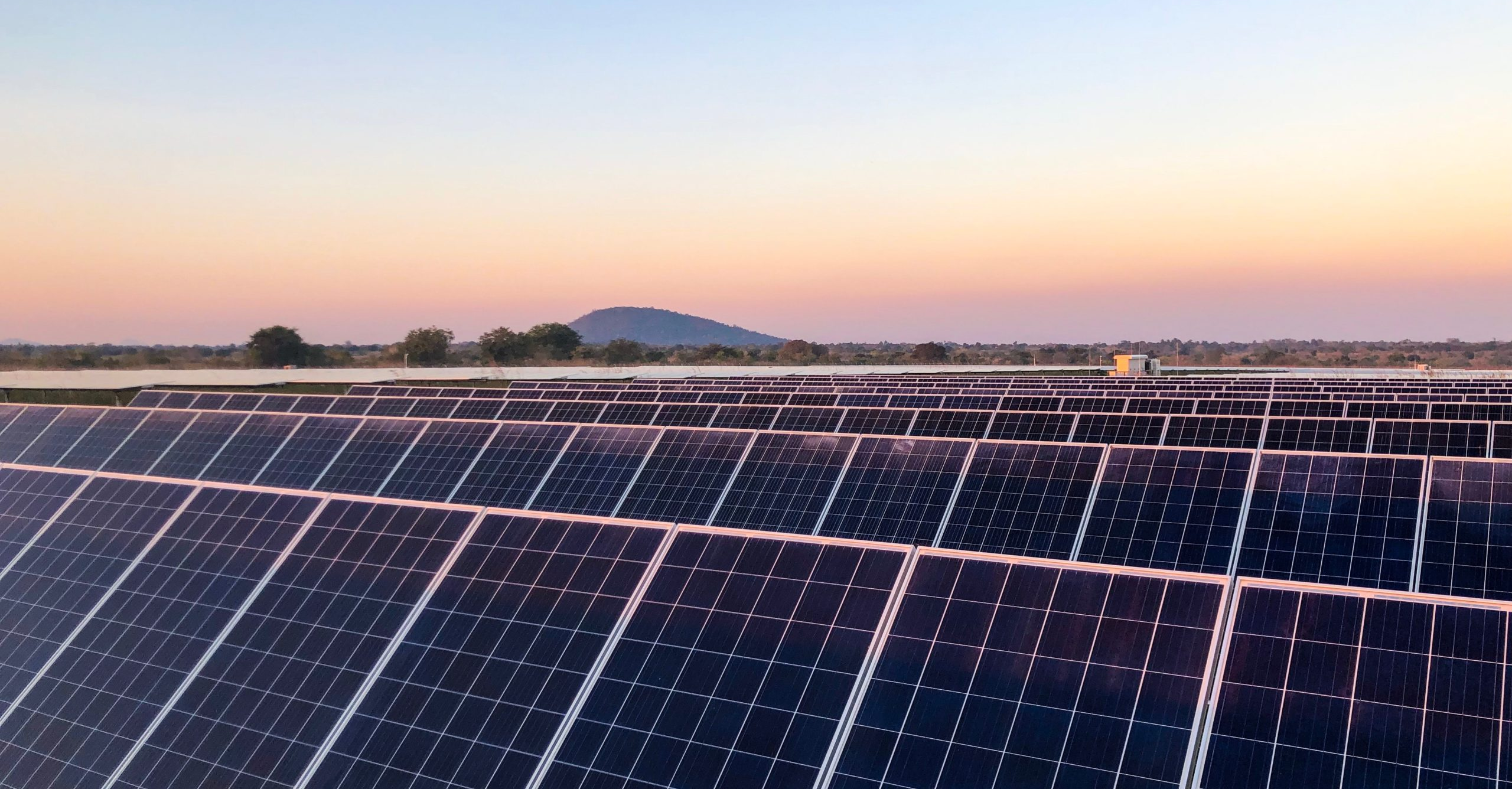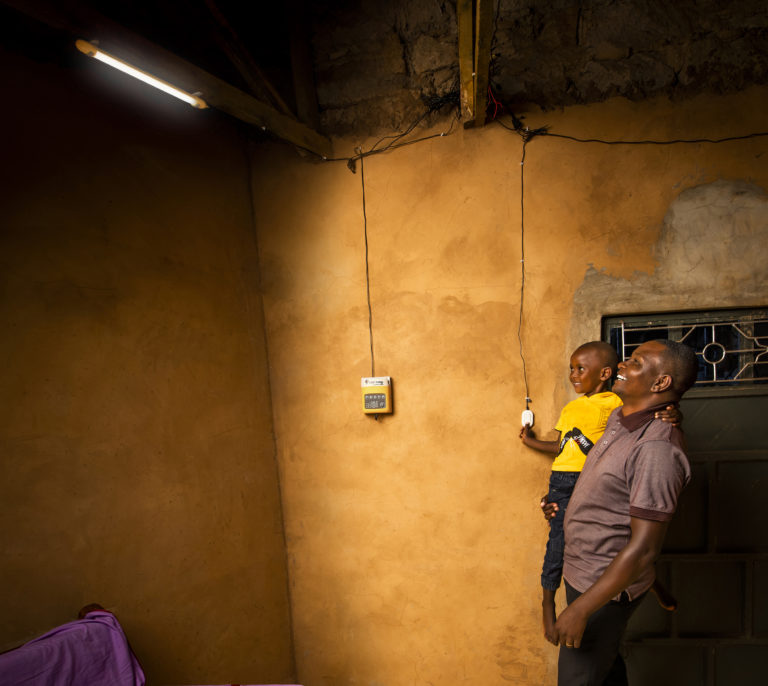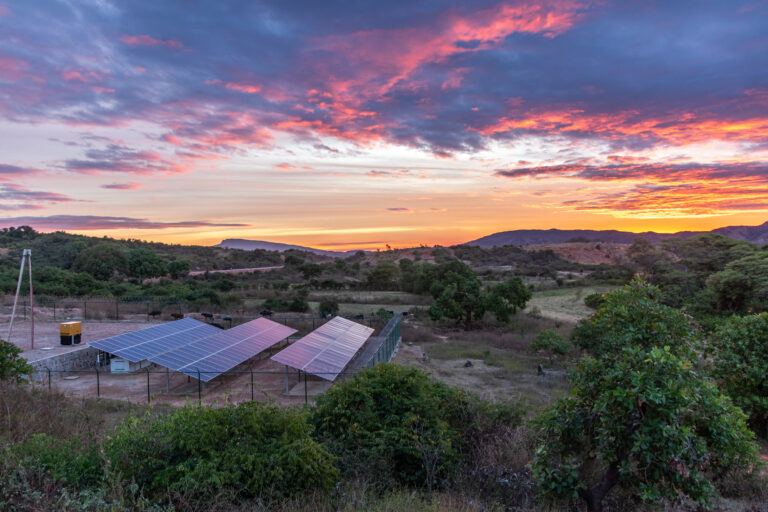renewable energy
Norfund invests in renewable energy to increase energy access and supply in developing countries.
Why invest in renewable energy?
Lack of access to energy is a key constraint for businesses in low-income countries. 600 million people lack access to electricity in Sub-Saharan Africa. Clean, reliable and affordable energy is essential for business activity and job creation and helps mitigate climate change.
Also, handling climate change requires scalable solutions in renewable energy to speed up the transition towards a carbon neutral economy.
The journey from the planning and development of clean energy projects to their implementation is long and complex. Therefore, patient and risk-tolerant investors, such as Norfund, are needed to ensure commercial success.
Our ambitions
In our strategy 2023-2026, our defined ambitions are:
new households with access to electricity by end of 2026
new capacity financed
What we invest in
Historically, the majority of Norfund’s energy investments have been in hydropower, wind, and solar energy, and in utility scale, grid-connected power plants. However, in 2021 more than 50% of new commitments in Renewable Energy were to distributed generation, i.e. smaller scale projects or off-grid solutions typically supplying power directly to the end-user.
In the coming years, we will continue to increase Norfund’s portfolio in renewable power generation in our target markets, building on existing investment platforms and partnerships as well as working with new partners.
Energy types
Solar power
Solar power has experienced dramatic cost reductions over the past few years, with expectations of more to come. To date, Norfund has invested in ca. 1000 MWp of solar power with our partner Scatec, a further 270 MWp via Globeleq and has part-financed an additional 7 solar power plants via the debt syndicate Interact Climate Change Facility. In many of our countries, solar power represents the lowest cost option for providing additional energy to the grid.
Hydropower
Norfund has a joint venture with Scatec and BII for hydropower in Africa. Such projects provide renewable power and help stabilize the grid. In addition, we are building a series of partnerships for small-scale hydropower in Sub-Saharan Africa and Southeast Asia.
Wind power
Wind power has experienced considerable cost reduction in the past few years. Norfund participated in funding the development and construction of the 310 MW Lake Turkana wind park and has also invested in 165 MW via Globeleq and part-financed a number of other wind projects as lender.
Gas
Wind and solar power have variable production and depend on balancing power to stabilize the grid. Gas-fired power plants can provide such services with lower emissions than other fossil fuel sources, but still have significant emissions. Norfund will only make investments in gas-fired powerplants in clearly defined and necessary projects that support the energy transition in line with the Paris Agreement. We have adopted a tool for ensuring that any new investments in gas power needs to be Paris-aligned and consistent with a country’s pathway to net zero by 2050. From 2030 new investments in gas power will generally be excluded.
Business models
Grid-connected electricity supply
Norfund invests in medium to large scale grid-connected power plants, primarily with or via industrial partnerships. In recent years we have seen the costs of solar and wind power drop dramatically, strengthening the transition to renewables. Many of Norfund’s investments are in coal-intensive countries, where new renewable energy plants help reduce host countries’ greenhouse gas emissions.
Off-grid electricity supply
With cost reductions for solar power and batteries, off-grid power supply is an increasingly cost-effective solution for rural communities. Two business models are emerging: establishment of mini-grids for rural communities, and household solar products typically provided on a pay-go financed solution. Norfund has invested in both these business models, as well as provided loans to some of the more mature home solar provider companies, and supporting private equity funds providing debt to this segment.
Distributed generation
Technology change is driving new opportunities and business models in the energy sector. Increasingly, commercial and industrial users are looking towards captive power, i.e. “behind the meter” solutions. In addition, off-grid and mini-grid solutions provide households and communities with alternative solutions to grid connection. Norfund has defined distributed generation as a focus area and is a leading investor in this rapidly changing and challenging market.
Captive power solutions
Captive power solutions provide power directly to a consumer, typically on or nearby that consumer’s site. Rooftop solar is a typical example, although larger-scale ground mounted solutions are increasingly common. Norfund has invested in several start-ups in this area and provided loans to more mature companies.

What we offer
Norfund is an active minority investor. We offer risk capital through equity, loans and funds to companies that meet our requirements.
To maximize commercial and developmental success, Norfund strives to be a value adding owner beyond the capital investment. Norfund’s investment teams have extensive experience in project development and governance and work closely with the partners to develop the companies. Norfund takes a position as an active owner and requires the right for a board seat in equity investments. With more than 20 years’ experience of investing in developing countries, Norfund continuously builds and develops the expertise needed to invest and manage risks in order to succeed as an investor.


